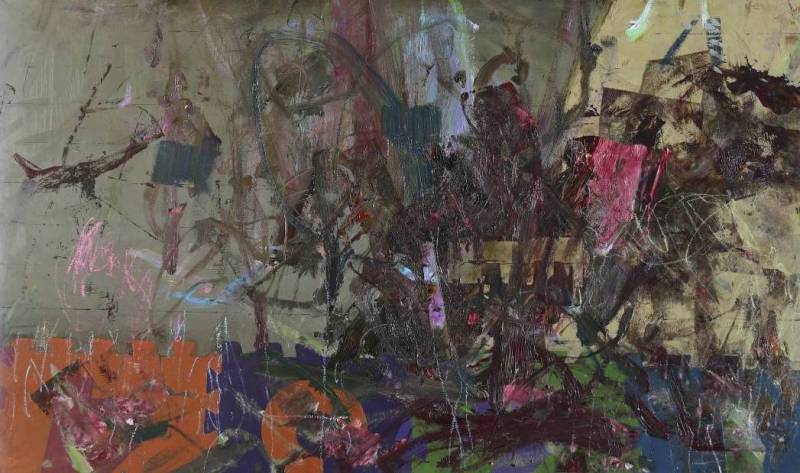
Realism can be boring sometimes.
Not only can it get tedious in the execution, but it can also be boring to look at. I find in particular that working from photos creates this tendency to paint in flat muted colors and employ this set hierarchy of edges in order to create the illusion of a realistic image. This tends to read well from a distance, but can sometimes be a bore to look at up close.
Painting representationally from reference, I’ll sometimes end up at a place where it might look like my reference image, but on the surface it’s fairly lifeless. I find if I’m just copying the shapes and colors as I see them, there’s a tendency to blend edges and soften things to a point where the surface can become kind of fuzzy and uninteresting.
In order to avoid this, I try not to just copy whats there, and instead aim for more of an interpretation of my reference. If our end result is going to be a recognizable object or scene, and the goal is for it to be convincingly real, How we choose to describe it can become really important and in sometimes even central to the overall intent and thrust of the work.
I put a good amount of thought into my mark making. Maybe more than I should sometimes. I find this aspect of painting super interesting and a cool way to infuse a sense of personality into the execution of the work.
And in addition to looking at how realists painters deal with stuff, I also look to abstract painters for unconventional methods of paint application. Abstraction is a powerful tool in the painters arsenal which can help pull the viewer in and out of the illusion, draw interest to areas, and create tension and emotion.
When I’m painting a picture, yes I’m relying on my reference to guide me in the general terms of what goes where, but my aim is to apply paint in a variety of ways in order to create a lively and interesting paint surface. I try to fight the urge to render stuff in a straightforward or mannered approach, and instead search for oblique or unexpected solutions that might not only solve the problem but do it in a (hopefully) clever succinct way. My end goal is to produce a picture that may appear realistic when viewed from a distance, but is also interesting to observe up close as well.
The biggest thing I try to keep in mind through it all is to maintain the drawing above all else. It serves as the framing upon which to hang everything off of. To me, this is paramount. Without accurate drawing beneath, the illusion of realism is quickly broken. I check my drawing throughout and will not hesitate to redraw things in paint and make drastic changes late in the game if its really broken.
When I’m looking to infuse more abstract painting approaches into my work, here are a few ideas I try to keep in mind.
Plan Your Edges
Try to create edges in interesting ways. Sometimes a rough bustle dry brush can produce the right broken edge. sometimes it works better to blend forms wet in wet… You never want to use the same solve over and over so try to pinpoint those quiet areas that you want to fade back, as well as those broken edges that might help pronounce an object, volume or plane change. use a variety and think about how much you want the viewer to pay attention to whatever passage you’re working on.
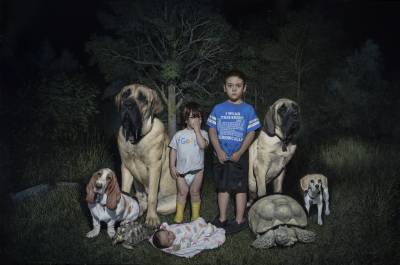
I reworked a lot of edges throughout this piece, sometimes placing halftone transitions or interference colors to break things up and soften areas.
Layering
You’re rarely never gonna get it right first time…and even if you do (I never do haha) there’s a certain patina that begins to build up through multiple sittings. Placing paint on top of paint creates a rich surface that can add tons of depth and interest. Glazes sink into cracks, drier paint scumbled across an already painted surface shimmers and can help harmonize areas. While a clean, slick one pass alla prima approach can really display a clear thought and an artists deftness, I feel like I can say more as a painter by layering.
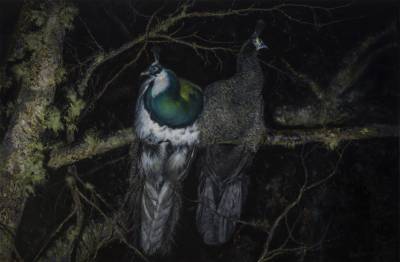
Building layers allows you to show the thin buildup of underpainting, wet in wet impasto , glazing, scumbling, ect.
Optical mixing
Placing temperatures of colors next to each other so they work together and harmonize. I will often look for opportunities to splash small spots of colors here and there, at transitions I want to accentuate, or in areas I want to call attention to. I try to get the values as close as i can to whatever’s already there so they sit within the picture and not on top.
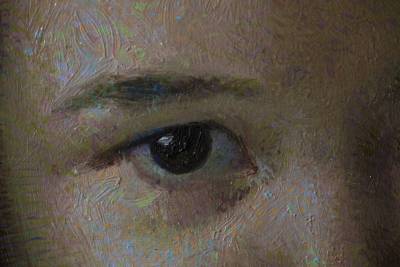
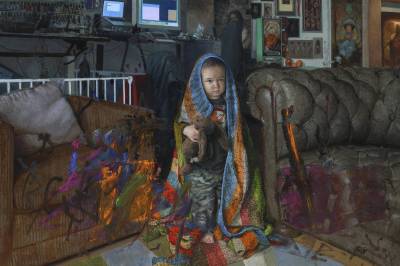
Change It Up!
Paint with more than brushes. I use palette knives, brush handles, rollers, rags, spatulas, saran wrap, and anything else I can think of to get different marks and effects. Once i find a cool effect, I try really hard not to over use it! right mark for the right place, and a little restraint will actually create more interest. Use hogs hair AND soft bristle brushes, and think about where you want to implement these different methods to your advantage.
I’ll try all kinds of stuff on self portraits. I used a roller on the beard, the back of the brush to scratch individual hairs, and even in subdued areas I’m always trying to work in subtle shifts of temperature.
Painting is like writing, and brush marks are like words. You can employ such a broad range of different writing styles, from soft lyrical prose all the way to harsh angry rhetoric. I try to use a full vocabulary and be thoughtful with my marks. Much like a writer, you want to find your voice. and with it how to best utilize the depth and richness available in the language of brushwork in order to properly convey your viewpoint on whatever it is you choose to paint.
Here’s a painting I started of our oldest the other day. This is usually about as far as I can take a wet in wet block-in. Tried to get it as far as possible, but by the time it’s dry I’m sure I’ll have a list of stuff to go in and address with a few more sittings. Looking forward to seeing where it goes. Should probably start a couple of the other two while I’m waiting. 🙂


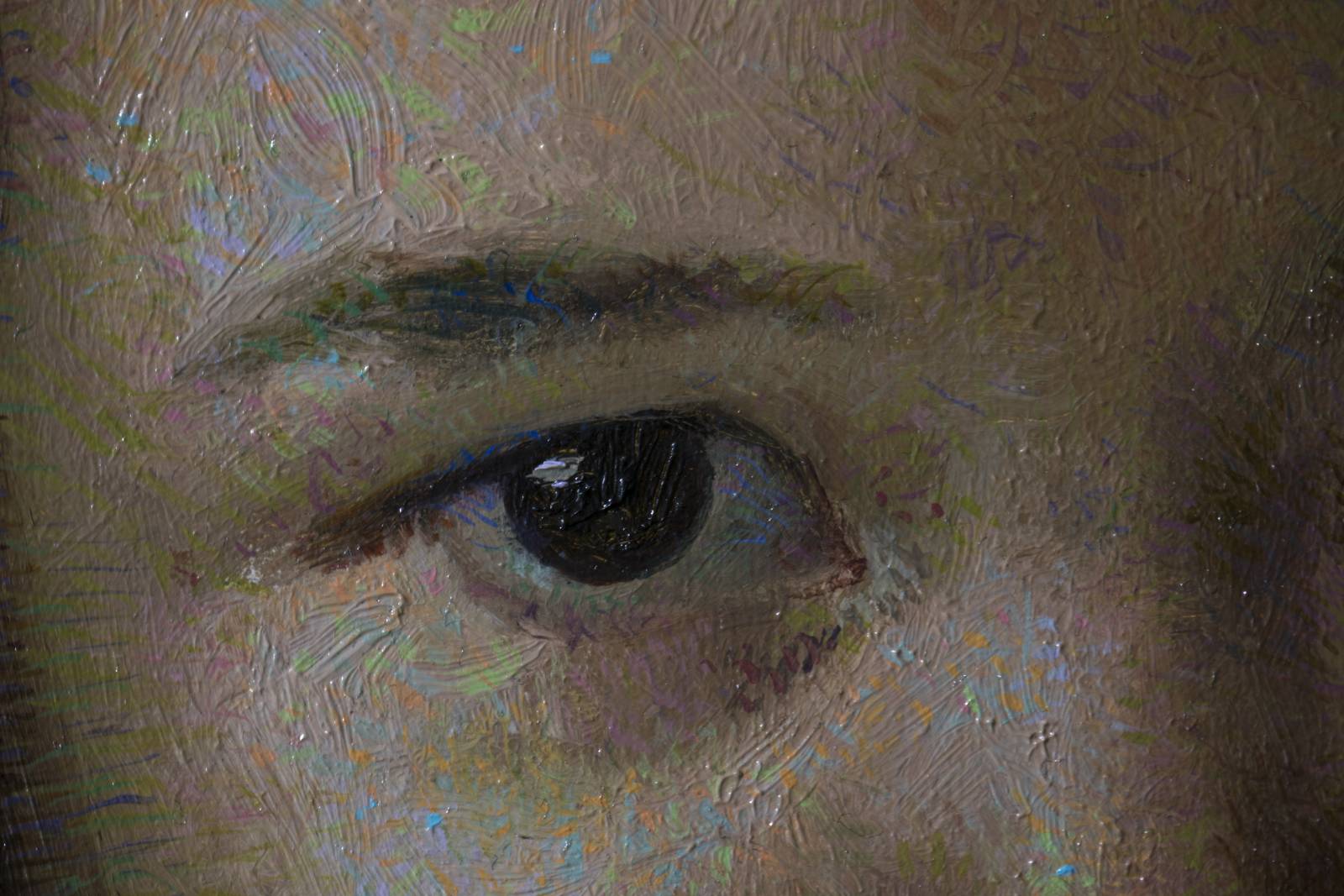
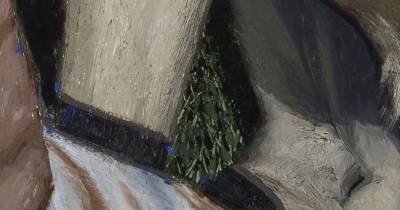
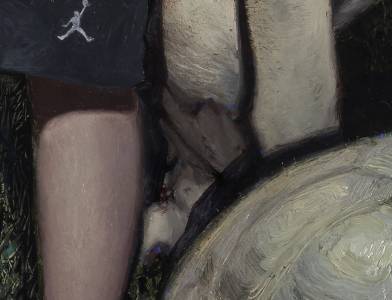
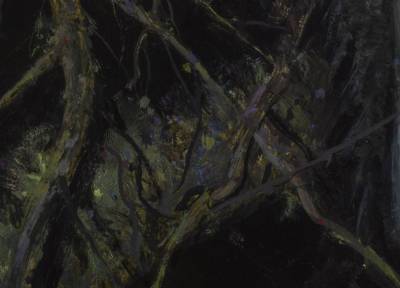
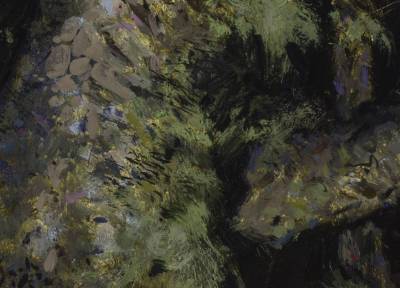

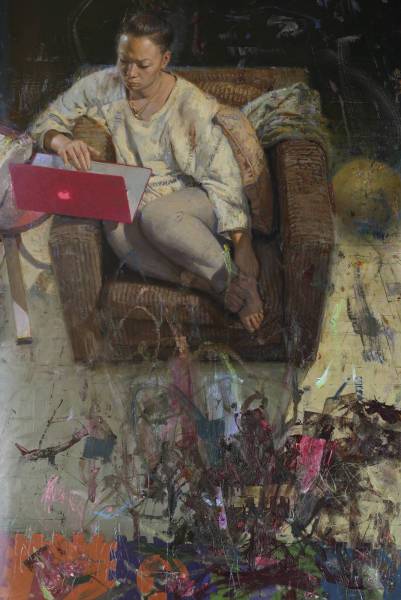
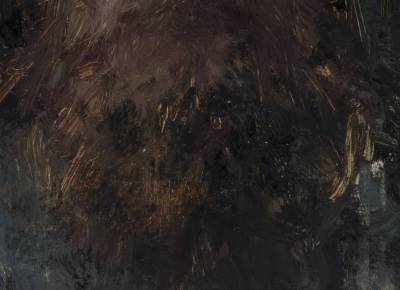
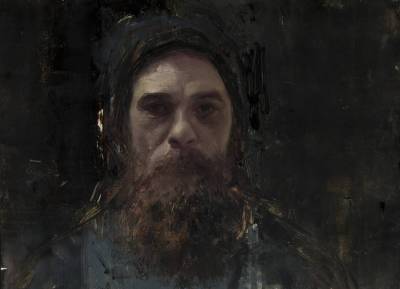
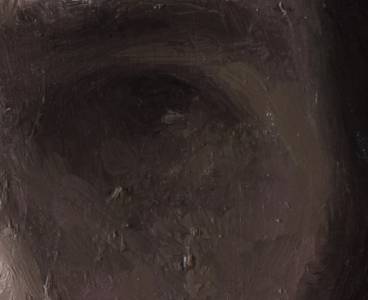
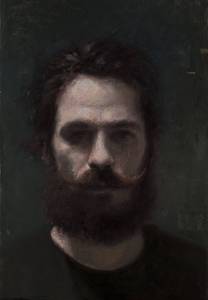
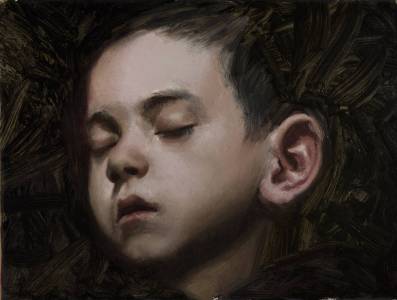
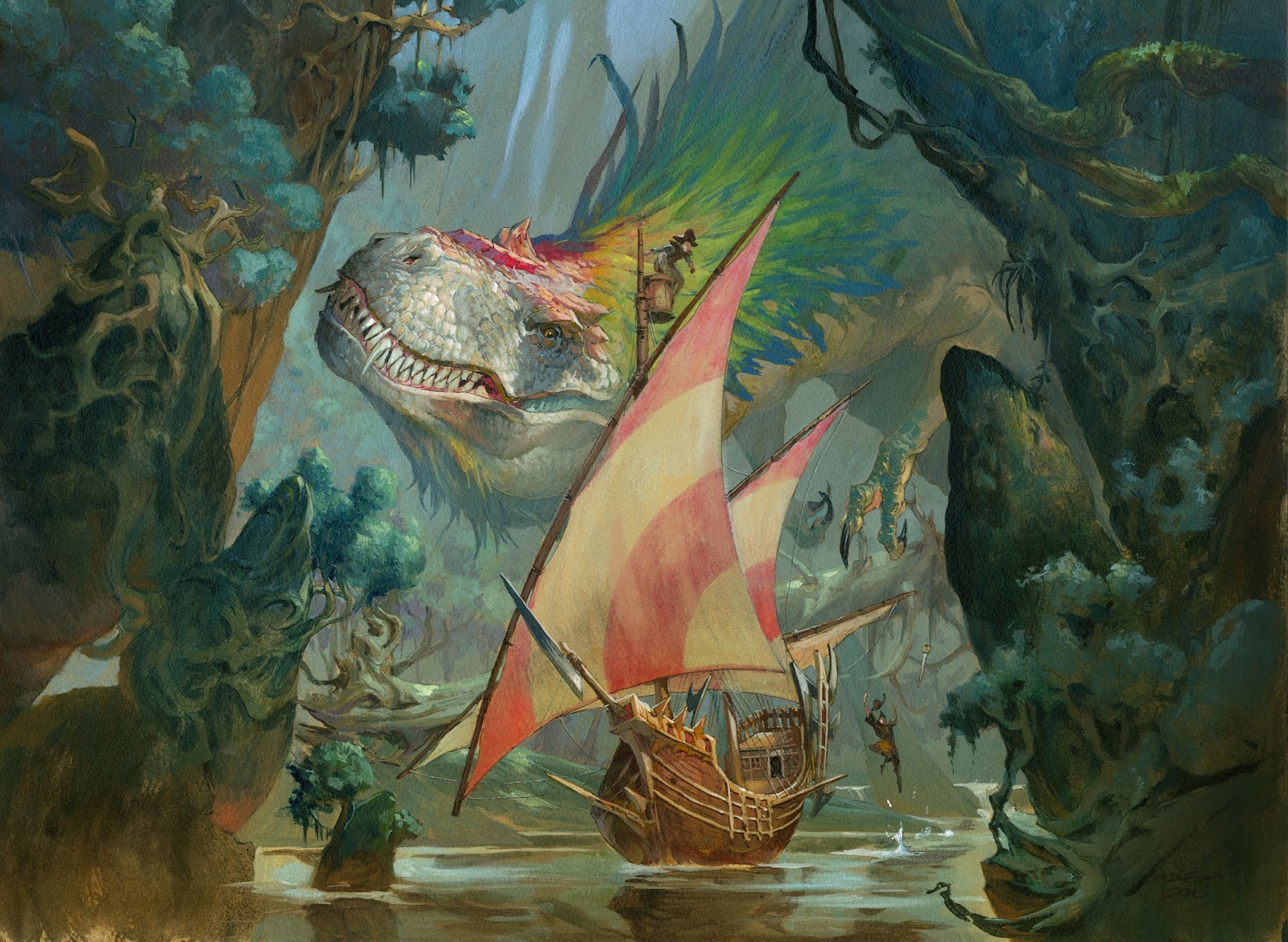
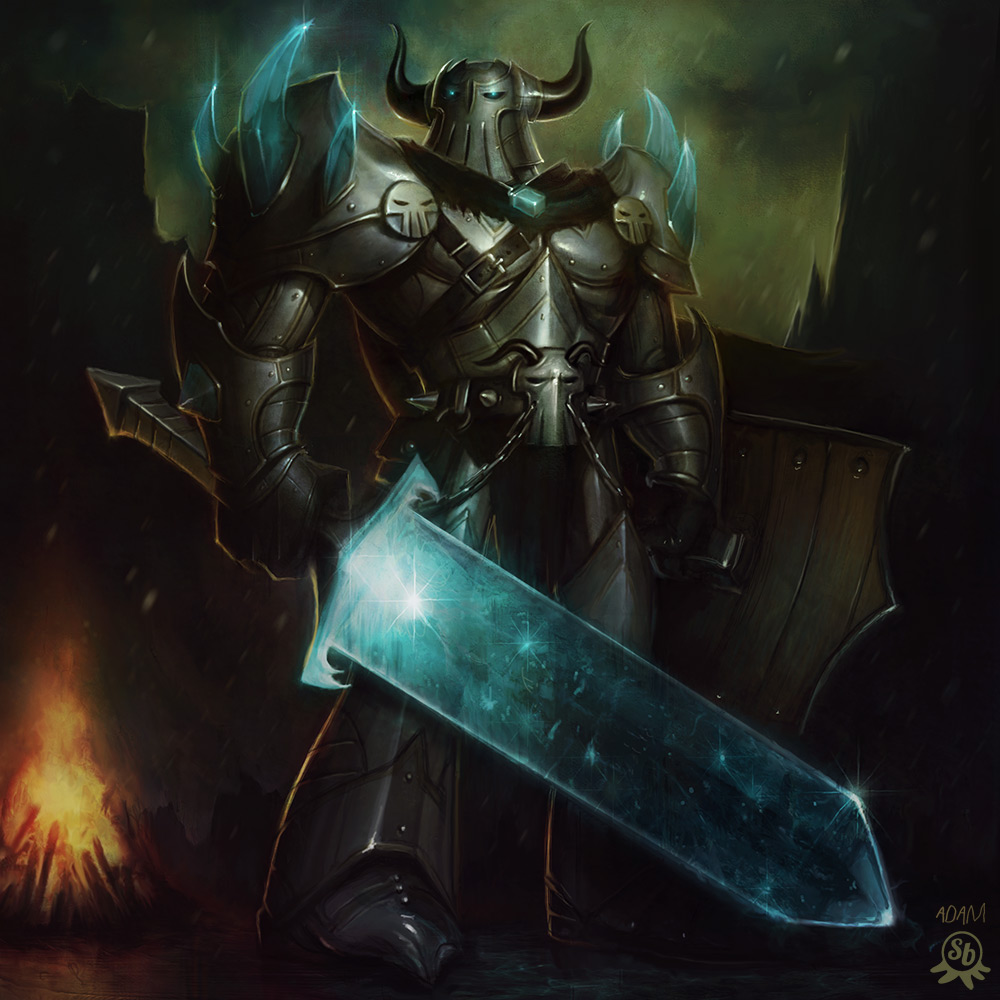
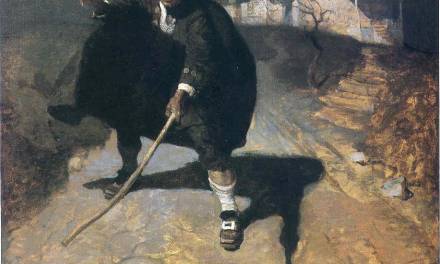
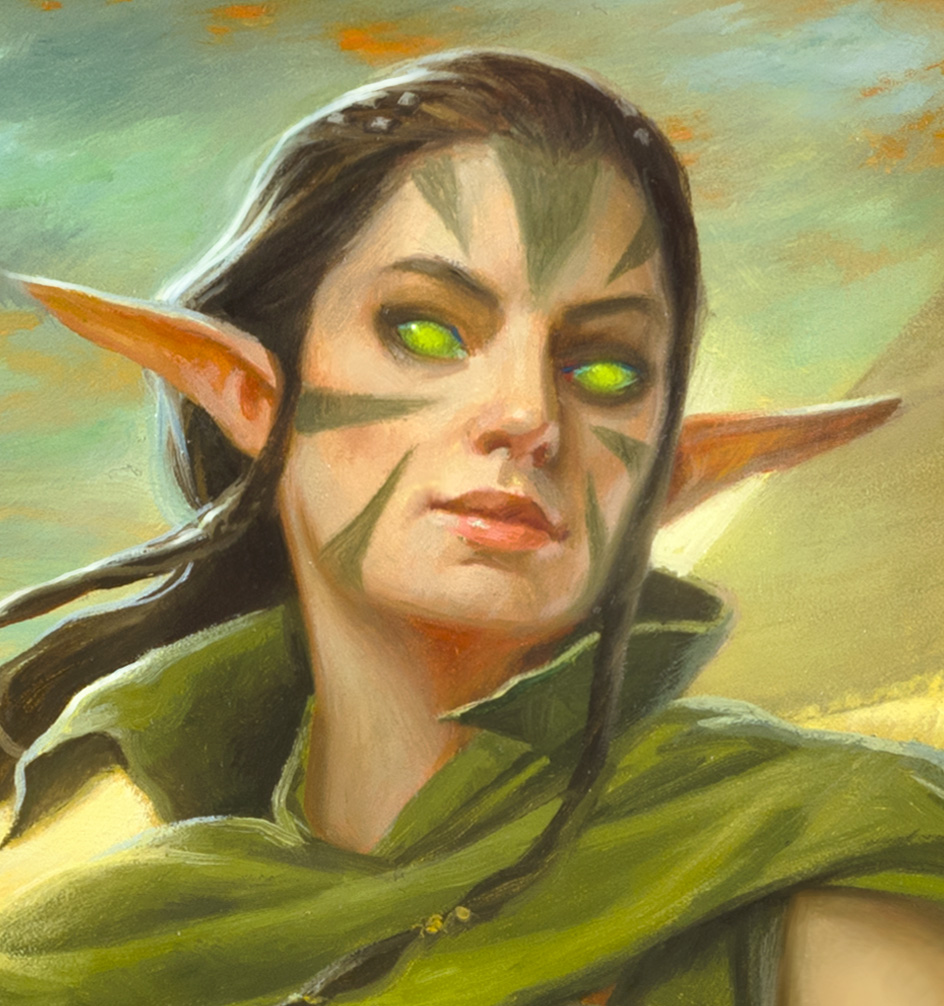
Very interesting writeup, man. I’m always surprised by how crazy you get with the colors, edges and textures when you post close–ups of your paintings, so it’s cool to get some of your thoughts on it.
Really great post! Interesting to see your approach to taking photo reference to the next level, especially the broken color/ optical mixing and edge variation. Do you do anything between paint layers, like sanding or using a razor-blade to certain areas?
Very cool article, thanks for sharing! Often painters do not share such detail images, as to not spoil the illusion of the overall work, so it is greatly appreciated to see the results so closely. Will definitely incorporate more of the complementary colour ‘shimmer’ in future. Thanks again!